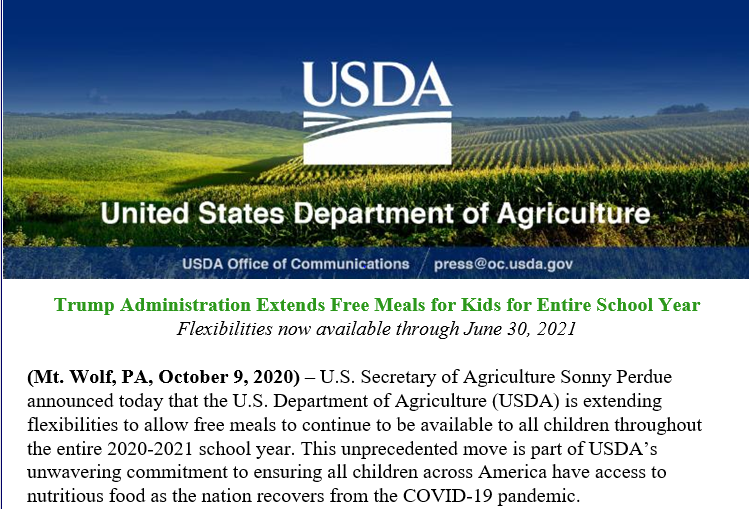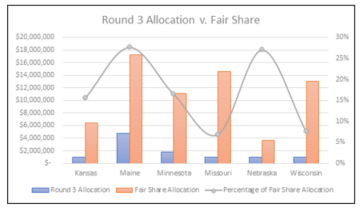Good news #2: the Nobel Peace Prize
This year’s Nobel Peace Prize has been awarded to the World Food Programme (WFP), “for its efforts to combat hunger, for its contribution to bettering conditions for peace in conflict-affected areas and for acting as a driving force in efforts to prevent the use of hunger as a weapon of war and conflict.”
The WFP is the United Nations agency that distributes international food aid.
Why do I think this is good news? This prize recognizes:
- The importance of food in maintaining a peaceful world.
- The importance of functioning food systems during the coronavirus pandemic.
- The value of United Nations agencies in maintaining peace and food security.
Why do I even ask this question?
I am well aware of the inadequacies of food charity as a means to ensure nutrition, health and world peace. All too often, international food aid:
- Does not reach the people who most need it
- Is siphoned off to benefit corrupt intermediaries
- Undermines local food economies
- Benefits donors more than recipients
- Is used more as a political than a humanitarian tool
- Causes more harm than good
I want to see anti-hunger policies institutionalized, not left as voluntary.
Food matters to world peace more than most people recognize. If the prize raises recognition of the importance of food in society, it will have done good work.
Thanks to Jerry Hagstrom’s Hagstrom Report for most of these links
- Announcement of the 2020 Nobel Peace Prize (video)
- World Food Program USA
- United Nations World Food Programme — Statement by WFP Executive Director David Beasley
- WFP History
- Associated Press — World Food Program wins Nobel Peace Prize as hunger surges
- WFP fights hunger in food-deprived places, crises, war zones
- The New York Times — World Food Program Awarded Nobel Peace Prize for Work During Pandemic
- The Washington Post — Nobel Peace Prize goes to World Food Program for efforts to combat hunger
- CNN — Nobel Peace Prize awarded to World Food Programme






